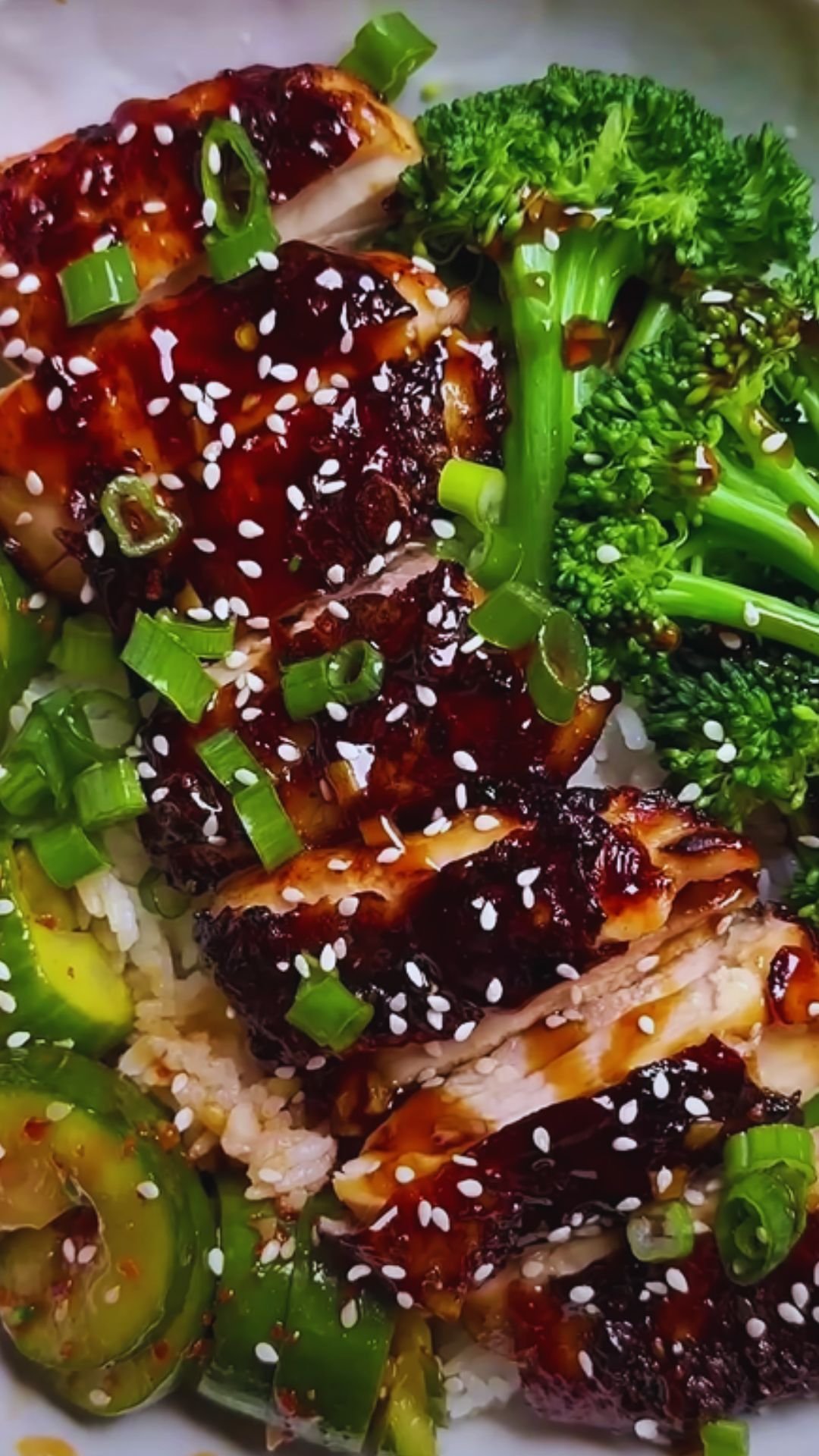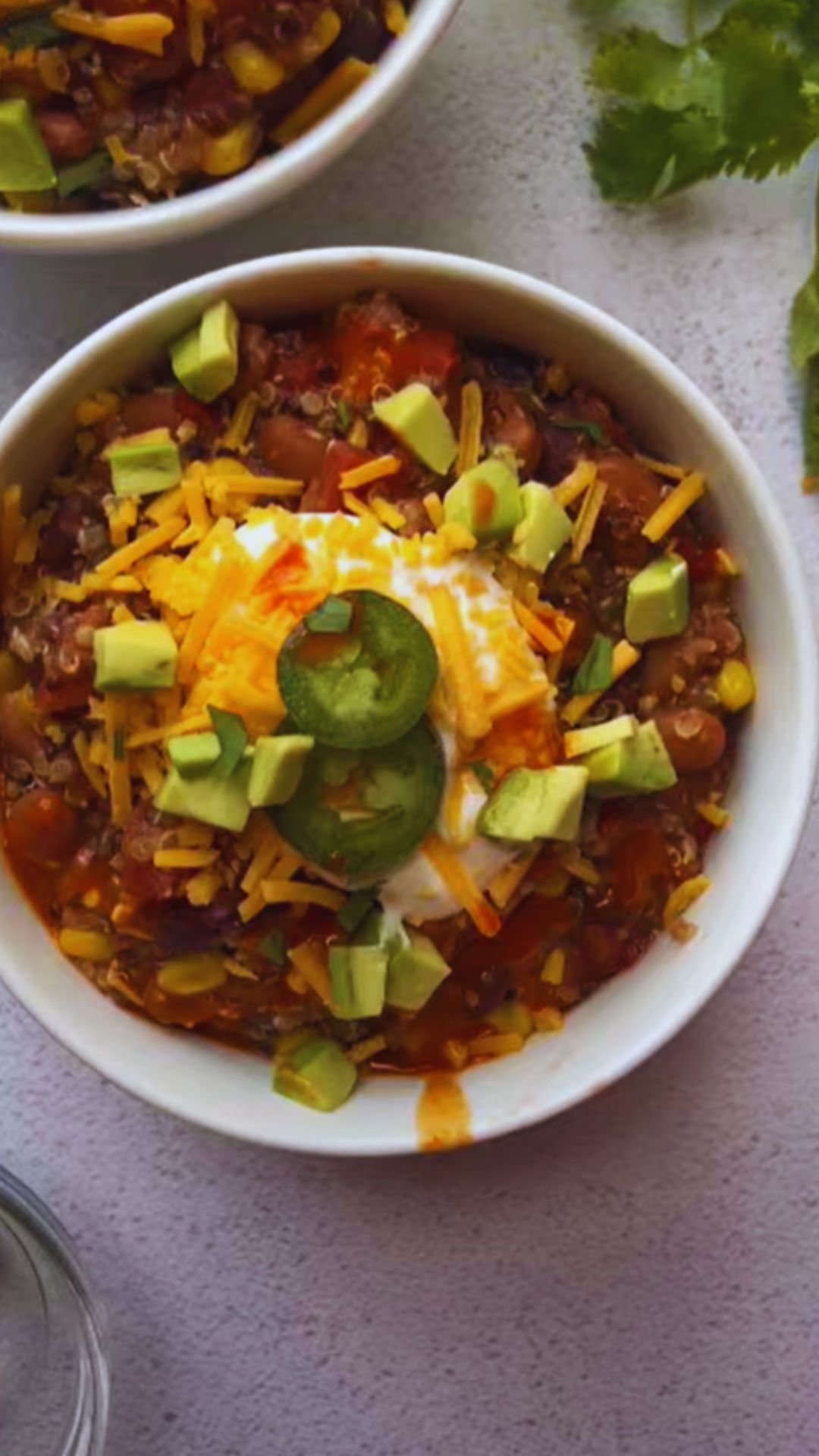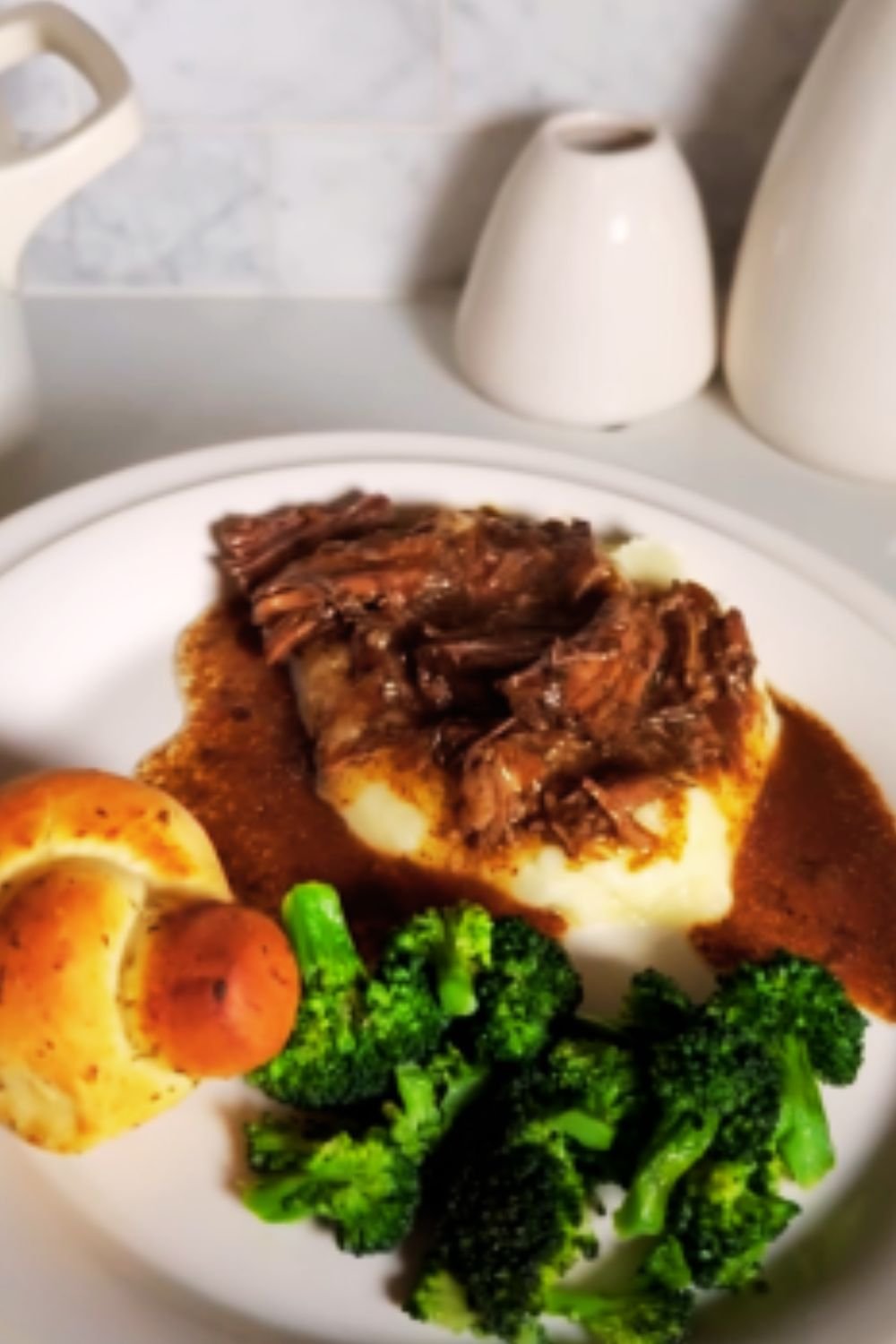There’s something deeply satisfying about mastering a classic recipe. That moment when you can confidently whip up a perfectly flaky pie crust without glancing at instructions, or when your hand instinctively knows just how much garlic to add to the pan. I’ve spent years perfecting these kitchen fundamentals, and I’m convinced that building a solid foundation of cooking skills starts with mastering the classics.
In today’s world of meal kits and instant delivery, it’s easy to lose touch with fundamental cooking techniques. But I believe there’s true joy in creating something from scratch—transforming simple ingredients into something magnificent through your own hands. These 15 classic recipes aren’t just delicious; they’re essential building blocks that will elevate your entire cooking game.
1. The Perfect Roast Chicken
There’s perhaps no dish more fundamental yet impressive than a beautifully roasted chicken. With crispy, golden skin and juicy, tender meat, this classic stands as a testament to the beauty of simplicity in cooking.
I remember my first attempt at roasting a chicken—it was simultaneously undercooked and overcooked (a remarkable feat). But after many Sunday dinners and countless chickens, I’ve perfected a foolproof method that delivers consistent results.
The Essential Technique:
- Dry the bird thoroughly before seasoning (moisture is the enemy of crispy skin)
- Season generously with salt and pepper, including the cavity
- Stuff the cavity with aromatics like lemon, garlic, and herbs
- Truss the chicken for even cooking
- Start with high heat (425°F) then reduce (to 375°F) for the perfect balance of crispy skin and juicy meat
- Rest before carving (at least 15 minutes) to redistribute juices
The true magic of roast chicken lies in its versatility—it can be dressed up with herbs and spices or left beautifully simple with just salt and pepper. Plus, leftover roast chicken becomes the foundation for countless other meals throughout the week.
2. Foolproof Scrambled Eggs
Scrambled eggs might seem elementary, but achieving that perfect creamy texture—not too dry, not too wet—requires finesse. I’ve found that the difference between mediocre and magnificent scrambled eggs often comes down to heat control and constant attention.
The Low-and-Slow Method:
- Use a non-stick pan with butter melted over medium-low heat
- Whisk eggs thoroughly but gently before adding to the pan
- Stir constantly with a spatula, scraping the bottom of the pan
- Remove from heat just before eggs are fully set (they’ll continue cooking)
- Season at the end to maintain the creamiest texture
For an elevated version, try adding a splash of cream, a sprinkling of fresh herbs, or fold in a small amount of cream cheese at the end. The technique remains the same, but these small additions can transform this humble dish into something worthy of a gourmet brunch.
3. Classic Vinaigrette
Once you master the basic ratio for a perfect vinaigrette, you’ll never buy bottled dressing again. This emulsion of oil and acid becomes the foundation for countless salads and marinades.
The Perfect Ratio:
- 3 parts oil to 1 part acid (vinegar or citrus juice)
- Add emulsifiers like mustard or honey to help ingredients bind
- Season with salt, pepper, and herbs to taste
| Ingredient | Basic Version | Herb Variation | Citrus Variation |
|---|---|---|---|
| Oil | 3 Tbsp extra virgin olive oil | 3 Tbsp olive oil | 3 Tbsp light olive oil |
| Acid | 1 Tbsp red wine vinegar | 1 Tbsp white wine vinegar | 1 Tbsp lemon juice |
| Emulsifier | ½ tsp Dijon mustard | ½ tsp Dijon mustard | ½ tsp honey |
| Seasoning | Salt and pepper | Minced herbs (parsley, chives, tarragon) | Lemon zest, salt, pepper |
| Optional add-in | Minced shallot | Minced garlic | Orange segments |
The beauty of a homemade vinaigrette is how easily it can be customized. Once you understand the basic formula, you can experiment with different oils, acids, and seasonings to create endless variations.
4. Perfect Pasta Carbonara
Authentic carbonara requires just a handful of ingredients: pasta, eggs, pecorino cheese, guanciale (or pancetta), and black pepper. The magic happens when the hot pasta transforms the egg mixture into a silky, creamy sauce without scrambling.
The Critical Steps:
- Heat management is crucial – the pasta needs to be hot enough to cook the eggs but not so hot that they scramble
- Reserve pasta water to help create the perfect consistency
- Toss quickly and constantly to form a smooth, glossy sauce
- Never add cream – traditional carbonara gets its creaminess from eggs and cheese
This dish teaches the importance of technique over ingredients and the value of restraint. When made properly, carbonara showcases how just a few high-quality ingredients can create something truly spectacular.
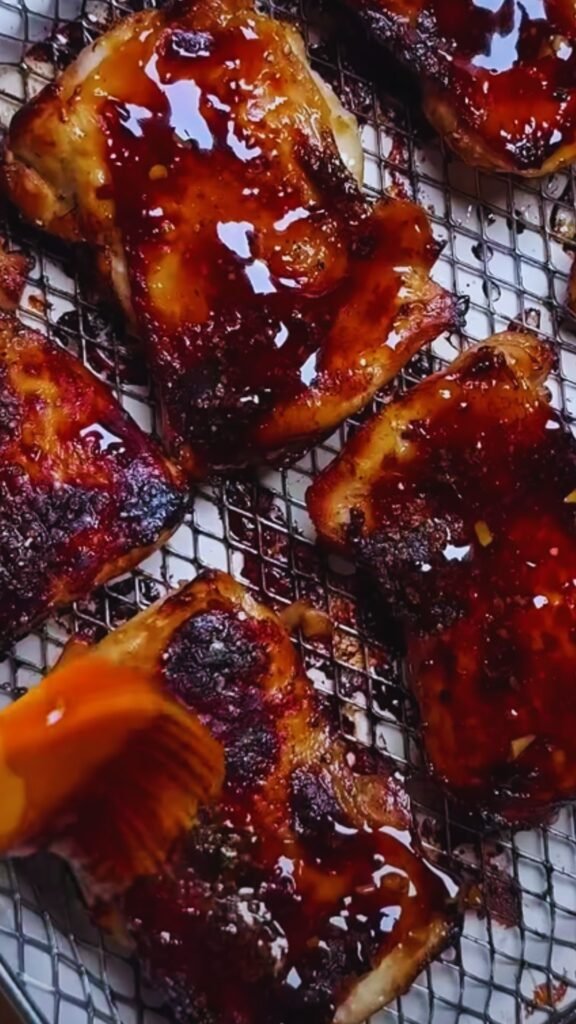
5. Classic French Omelet
Unlike its American counterpart, a classic French omelet is pale gold (not browned) with a creamy interior and no fillings visible from the outside. Mastering this technique demonstrates control over heat and timing—essential skills for any cook.
The Technique:
- Beat eggs until completely uniform in color
- Use a non-stick pan and plenty of butter
- Shake and stir simultaneously as the eggs begin to set
- Roll rather than fold the omelet for a beautiful presentation
- Serve immediately while the interior is still soft and creamy
What I love about the French omelet is how it showcases eggs in their purest form. The technique takes practice, but once mastered, it becomes a quick, elegant meal that can be prepared in minutes.
6. Perfect Pie Crust
A truly great pie crust is the foundation of countless desserts. Flaky, tender, and buttery—it’s a skill worth perfecting.
The Key Principles:
- Keep everything cold – cold butter, cold water, cold hands if possible
- Handle the dough minimally to prevent gluten development
- Allow for proper rest time in the refrigerator
- Roll evenly for consistent baking
| Ingredient | Measurement | Purpose |
|---|---|---|
| All-purpose flour | 2 ½ cups | Structure |
| Salt | 1 tsp | Flavor enhancer |
| Granulated sugar | 1 Tbsp | Tenderness and browning |
| Cold unsalted butter | 1 cup (2 sticks), cubed | Flakiness and flavor |
| Ice water | 4-6 Tbsp | Moisture to form dough |
| Optional: vinegar | 1 tsp | Tenderizer |
I find that the secret to a truly spectacular pie crust is patience. Don’t rush the chilling process, and don’t overwork the dough. Let the ingredients work their magic, and you’ll be rewarded with a crust that’s both sturdy enough to hold your filling and tender enough to melt in your mouth.
7. Perfectly Seared Steak
Few culinary achievements are as satisfying as cutting into a perfectly cooked steak—crusty and caramelized on the outside, juicy and tender within. The technique is straightforward but requires attention to detail.
The Method:
- Start with room temperature meat (take it out of the refrigerator 30-60 minutes before cooking)
- Pat the steak completely dry before seasoning
- Season generously with salt and pepper
- Use a smoking hot pan (preferably cast iron)
- Don’t disturb the meat while it’s forming a crust
- Finish with butter basting for extra flavor
- Rest the meat for at least half the cooking time before slicing
Learning to properly sear a steak teaches valuable lessons about the Maillard reaction—that beautiful browning process that creates deep, complex flavors. It’s also an exercise in patience and restraint, as the urge to flip or move the steak too early must be overcome.
8. Classic Tomato Sauce
A simple tomato sauce is the gateway to countless Italian dishes. When made properly, it transforms humble ingredients into something extraordinary.
The Essential Approach:
- Start with good quality tomatoes – whether fresh or canned
- Build flavor with aromatics – onions, garlic, and herbs
- Simmer low and slow to develop depth
- Season carefully throughout the cooking process
| Ingredient | Quantity | Preparation |
|---|---|---|
| Olive oil | 3 Tbsp | – |
| Onion | 1 medium | Finely diced |
| Garlic | 3-4 cloves | Minced or sliced |
| Crushed tomatoes | 28 oz can | San Marzano if possible |
| Tomato paste | 2 Tbsp | – |
| Fresh basil | Small bunch | Stems for cooking, leaves for finishing |
| Salt and pepper | To taste | – |
| Sugar (optional) | Pinch | Only if tomatoes are acidic |
A well-made tomato sauce can be used immediately or frozen for later use. It becomes the foundation for pasta dishes, pizza, shakshuka, and countless other recipes. Master this, and you’ve mastered the heart of Italian cooking.
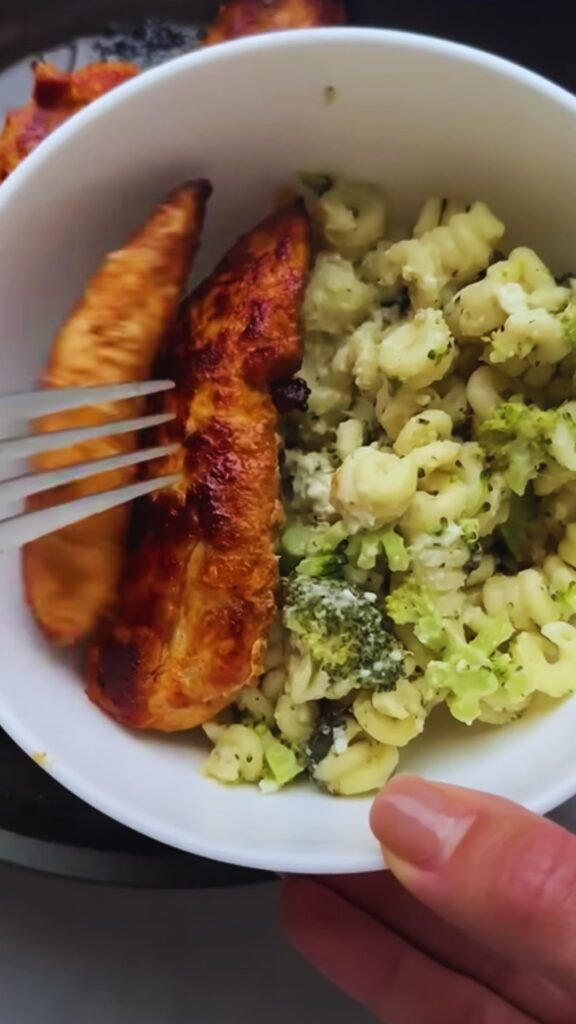
9. Roasted Vegetables
Properly roasted vegetables develop deep, caramelized flavors that can convert even the most committed vegetable skeptics. The technique is simple but transformative.
The Method:
- Cut vegetables to uniform size for even cooking
- Toss with enough oil to coat but not so much that they’re swimming
- Season generously with salt and any desired spices
- Arrange in a single layer with space between pieces
- Roast at high heat (400-450°F) until caramelized
- Toss or flip halfway through cooking
This technique works for virtually any vegetable—from cruciferous options like broccoli and cauliflower to root vegetables like carrots, potatoes, and beets. The high heat caramelizes the natural sugars, creating complex, satisfying flavors that make vegetables the star of any meal.
10. Homemade Chicken Stock
Great stock is the foundation of countless soups, sauces, and braises. Making it from scratch teaches patience and the value of building flavor from humble ingredients.
The Process:
- Start with good bones – roasted for brown stock, raw for white stock
- Include aromatics – onions, carrots, celery, herbs, and spices
- Simmer gently, never boil to keep the stock clear
- Skim regularly to remove impurities
- Strain carefully for a clean, flavorful liquid
Homemade stock requires time but very little active work. The difference it makes in your cooking is immeasurable—adding depth and richness that store-bought versions simply can’t match.
11. Perfect Fluffy Rice
Perfectly cooked rice—each grain distinct yet tender—is a skill that pays dividends across countless cuisines. The technique varies slightly depending on the variety of rice, but the principles remain consistent.
The Basic Method for Long-Grain White Rice:
- Rinse the rice thoroughly until water runs clear
- Use the correct water ratio (typically 1:1.5 or 1:2 rice to water)
- Bring to a boil, then reduce to lowest possible simmer
- Cover tightly and don’t peek!
- Allow to rest off heat after cooking
- Fluff with a fork, not a spoon
| Rice Type | Water Ratio | Cooking Time | Special Notes |
|---|---|---|---|
| Long-grain white | 1:1.75 | 15-18 minutes | Classic fluffy texture |
| Basmati | 1:1.5 | 15 minutes | Rinse extensively, optional soaking |
| Jasmine | 1:1.25 | 15 minutes | Less water than other varieties |
| Brown rice | 1:2.5 | 40-45 minutes | Needs longer cooking time |
| Arborio (risotto) | Variable | 18-20 minutes | Add liquid gradually, stir constantly |
Mastering rice cooking builds confidence with a staple that forms the foundation of meals across the globe. It teaches patience and the importance of following specific techniques for different ingredients.
12. Classic Chocolate Chip Cookies
The humble chocolate chip cookie might seem simple, but creating the perfect version—with the ideal balance of crispy edges and chewy centers—requires understanding of ingredient functions and baking science.
The Key Variables:
- Butter temperature affects spread and texture (melted for chewy, softened for cakey)
- Sugar ratio (more brown sugar = chewier, more white sugar = crispier)
- Resting the dough develops flavor and affects texture
- Baking temperature and time determine the final texture profile
I’ve found that the secret to exceptional cookies lies in small tweaks to the classic recipe—using browned butter for nuttiness, adding a touch of espresso powder to enhance the chocolate flavor, or sprinkling with flaky sea salt just before baking. These small changes elevate a beloved classic into something truly spectacular.
13. Basic Yeasted Bread
There’s something almost magical about transforming flour, water, yeast, and salt into a crusty, airy loaf of bread. The process teaches patience, attention to detail, and how to recognize subtle changes in dough.
The Fundamental Steps:
- Activate the yeast (if not using instant)
- Mix and knead to develop gluten
- First rise (bulk fermentation)
- Shape the loaf
- Second rise (proofing)
- Score and bake with steam for a crispy crust
Bread baking connects us to thousands of years of human history and teaches valuable lessons about fermentation, gluten development, and the importance of time in cooking. Few culinary achievements are as satisfying as pulling your first perfect loaf from the oven.
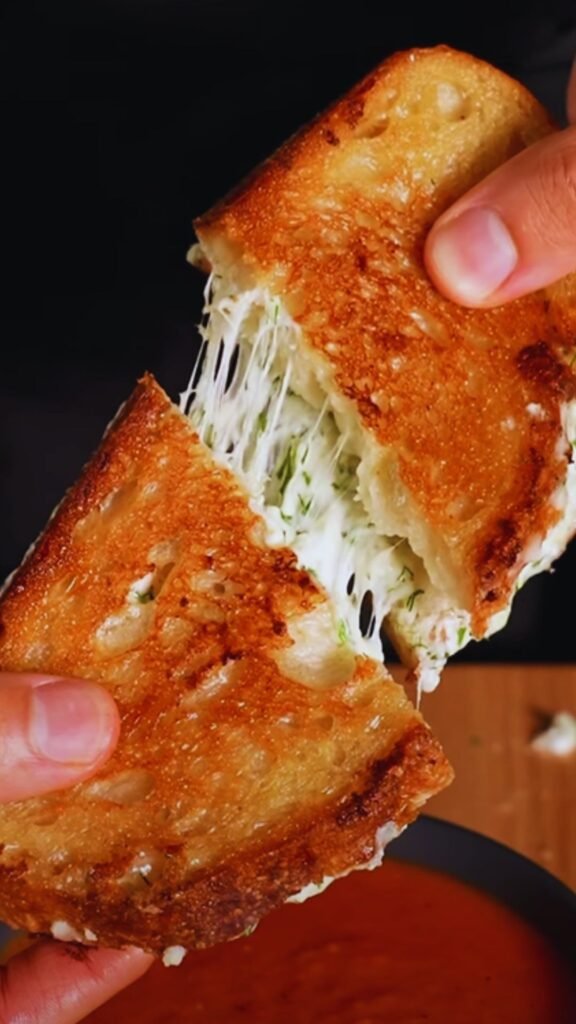
14. Classic Vinegar-Based Coleslaw
A well-made coleslaw balances crunch, tang, and sweetness. It’s a versatile side dish that complements everything from barbecue to fried chicken to sandwiches.
The Basic Formula:
- Shred vegetables thinly and uniformly for the best texture
- Salt and drain cabbage to remove excess moisture
- Balance the dressing with the right proportions of acid, fat, and sweetness
- Dress lightly – you can always add more, but you can’t remove excess
| Ingredient | Quantity | Preparation |
|---|---|---|
| Green cabbage | ½ medium head | Finely shredded |
| Carrots | 2 medium | Julienned or shredded |
| Red onion | ¼ small | Thinly sliced |
| Apple cider vinegar | ¼ cup | – |
| Mayonnaise | ⅓ cup | – |
| Dijon mustard | 1 Tbsp | – |
| Celery seeds | 1 tsp | – |
| Sugar | 1 Tbsp | Adjust to taste |
| Salt and pepper | To taste | – |
What I love about coleslaw is its adaptability—you can swap in different vegetables, adjust the tanginess, or add herbs and spices to complement whatever you’re serving it with. Master this basic version, and you’ve got a template for countless variations.
15. Perfect Mashed Potatoes
Creamy, fluffy mashed potatoes are the ultimate comfort food and an essential side dish for countless meals. Getting them just right is about understanding the science of starch and fat.
The Method:
- Choose the right potatoes – starchy varieties like Russets or Yukon Golds
- Start in cold water and salt generously
- Cook until completely tender but not falling apart
- Drain thoroughly and return to the hot pot to evaporate excess moisture
- Add warm (never cold) dairy to prevent gumminess
- Season adequately – potatoes need more salt than you might think
This dish teaches important lessons about ingredient selection, heat management, and how fat and starch interact. Master this technique, and you’ll never serve gluey, bland mashed potatoes again.
Serving Suggestions and Pairings
These 15 classic recipes can be mixed and matched to create countless memorable meals. Here are some of my favorite combinations:
- Roast chicken + mashed potatoes + roasted vegetables
- Seared steak + simple salad with homemade vinaigrette
- Pasta carbonara + roasted broccoli
- Homemade bread + tomato sauce (for dipping)
- Coleslaw + any grilled protein
For beverages, consider:
- Sparkling water with citrus
- Iced tea with herbs
- Fresh lemonade
- Kombucha
- Coffee or tea with desserts
Tools You’ll Need
Mastering these recipes doesn’t require expensive equipment, but a few quality tools make the process much easier:
- A heavy-bottomed skillet (preferably cast iron)
- A sharp chef’s knife
- A large cutting board
- A digital thermometer
- Measuring cups and spoons
- A heavy Dutch oven
- Mixing bowls in various sizes
Q&A Section
Q: I’m intimidated by bread baking. What’s the easiest recipe to start with?
Start with a no-knead bread recipe. The long fermentation does the work of developing gluten that would normally require kneading. Mix flour, water, salt, and a small amount of yeast, let it rise overnight, shape into a ball, and bake in a preheated Dutch oven. The results are remarkably professional with minimal effort.
Q: How can I prevent my scrambled eggs from becoming rubbery?
The key is low heat and constant movement. Many cooks rush scrambled eggs with high heat, which causes the proteins to tighten too quickly. Cook them slowly over medium-low heat, stirring constantly, and remove them from the heat just before they look fully done—they’ll continue cooking from residual heat.
Q: My homemade vinaigrette always separates. What am I doing wrong?
Emulsification requires both the right ingredients and technique. Make sure you’re including an emulsifier like mustard or honey, and add the oil very slowly while whisking vigorously. A blender or food processor can help create a more stable emulsion. Remember that all vinaigrettes will eventually separate—just re-whisk before serving.
Q: How do I know when my steak is properly cooked without cutting into it?
The best method is using a digital instant-read thermometer. For medium-rare, aim for 130-135°F. If you don’t have a thermometer, the finger test can help: touch your thumb to your index finger and press the fleshy part of your thumb—that’s how medium-rare feels when you press the steak. As you move to your middle, ring, and pinky fingers, the firmness increases like medium, medium-well, and well-done.
Q: My pie crust always shrinks when baking. How can I prevent this?
Shrinkage usually happens because the gluten in the dough is overworked or the dough wasn’t properly rested. Make sure you’re handling the dough minimally, using cold ingredients, and allowing it to rest in the refrigerator for at least 30 minutes before rolling and again after fitting it into the pan. Using pie weights during blind baking also helps.
I believe that mastering these 15 classic recipes will transform your confidence in the kitchen and provide you with a foundation for endless culinary creativity. The techniques you’ll learn—from emulsification to heat management to fermentation—transfer across countless other dishes.
Remember that mastery doesn’t happen overnight. Each recipe requires practice, and even professional chefs continue refining these fundamentals throughout their careers. Be patient with yourself, learn from each attempt, and enjoy the process of becoming a more skilled and intuitive cook.
What classic recipe will you tackle first?
